#Peru
Text
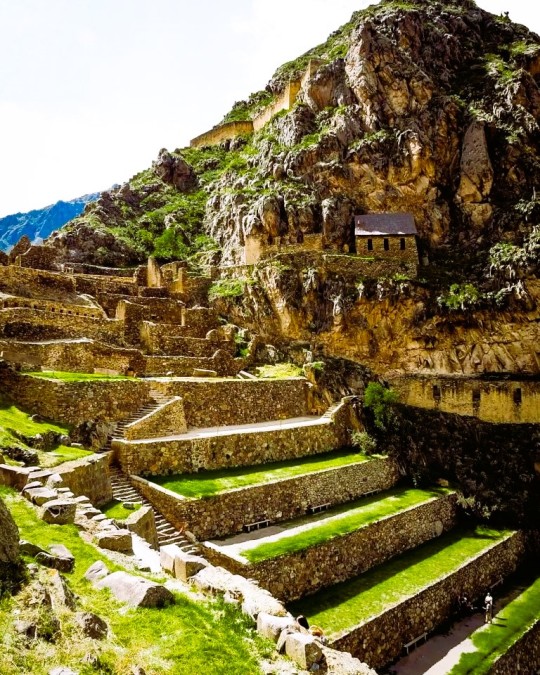
Ollantaytambo Ruins, Peru: Around the mid-15th century, the Inca emperor Pachacuti conquered and razed Ollantaytambo; the town and the nearby region were incorporated into his personal estate. The emperor rebuilt the town with sumptuous constructions and undertook extensive works of terracing and irrigation in the Urubamba Valley; the town provided lodging for the Inca nobility, while the terraces were farmed by yanakuna, retainers of the emperor. The terraces are about 700m long, nearly 60m wide and 15m deep. It’s pretty impressive how the Incas were able to create these platforms in the side of a mountain for use as agricultural land. Wikipedia
64 notes
·
View notes
Text
#your boyfriend#philanthropy#genesis lopez#agender#lovato#bad dragon#karina irby#reader insert#peru#jessica nazarenus#purple#norse#性奴#yuukoku no moriarty
124 notes
·
View notes
Text
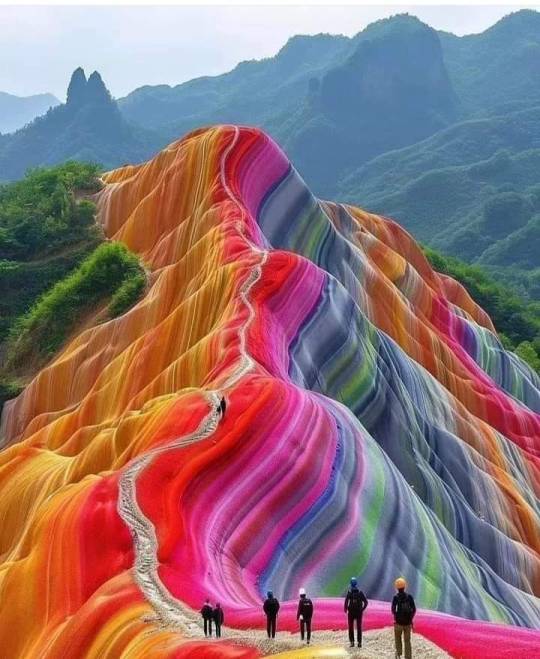
MONTAÑA VINICUNCA - PERU
#montaña#mountain#vinicunca#winikunka#siete colores#seven colors#rainbow#arcoiris#pitumarca#canchis#peru#south america#sur america#america
66 notes
·
View notes
Text

Huilloc, Perú. 1999
Foto: Juan Manuel Díaz Burgos
30 notes
·
View notes
Text
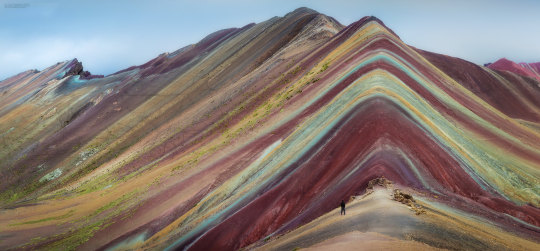
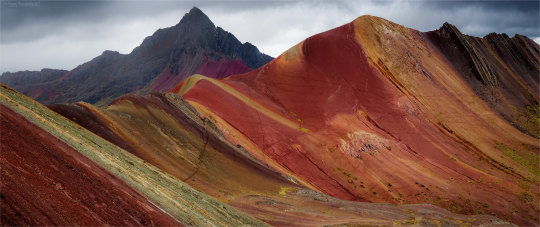
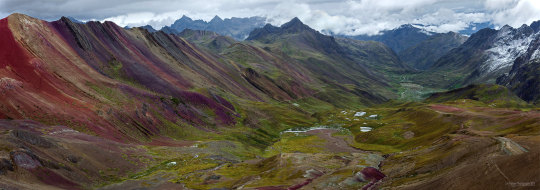
Rainbow Mountain, Peru by Jeroen Fransen
#landscape#nature#mountains#peru#rainbow mountain#travel#places#naturecore#photography#curators on tumblr#uploads
8K notes
·
View notes
Text
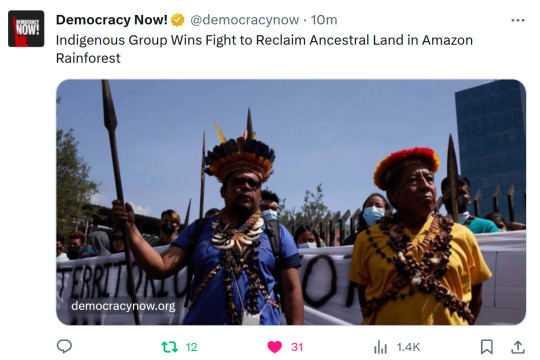
(Nov. 29) Indigenous Group Wins Fight to Reclaim Ancestral Land After Being Forced Out 8 Decades Ago
In a major victory for Indigenous rights, an Ecuadorian appeals court has sided with the Siekopai Nation to regain ownership of their ancestral homeland in the Amazon rainforest. The Siekopai people were forced out of their territory, called Pë’këya, over 80 years ago during the Peru-Ecuador War in the 1940s. This ruling will mark the first time the Ecuadorian government grants a land title to an Indigenous community whose ancestral land is now a protected area.
The Siekopai are on the brink of extinction with a population of only 800 people in Ecuador and 1,200 in Peru. In a statement, Siekopai Nation President Elias Piyahuaje said, “We are fighting for the preservation of our culture on this planet. Without this territory, we cannot exist as Siekopai people. Today is a great day for our nation. Until the end of time, this land will be ours.”
10K notes
·
View notes
Text
Peruvian whistling vessels simulating animal calls (some of the oldest found date to c. 500–300 BCE)
#Peru#Peruvian#whistling vessels#animal vessels#archaeology#history#ceramics#Inca#Incan#art#sculpture#animal calls
20K notes
·
View notes
Text

Perucetus colossus by Anthony J. Hutchings.
3K notes
·
View notes
Photo
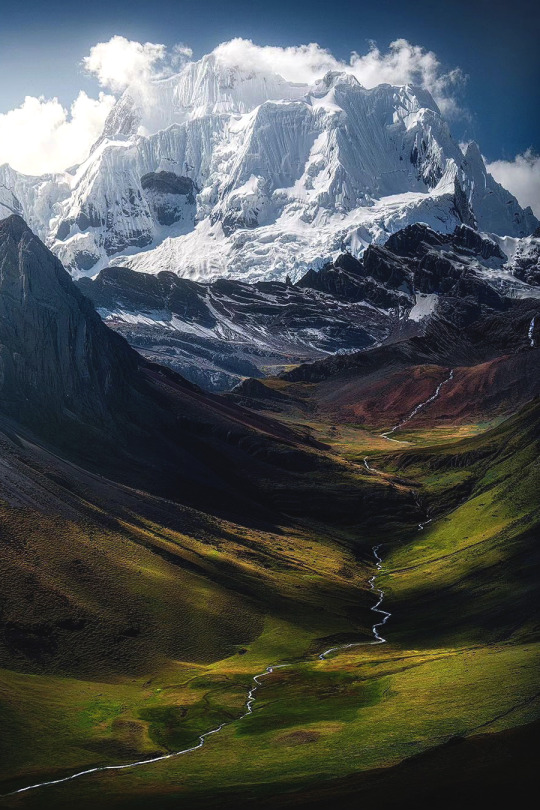
Summer in the mountains of Peru | maxrivephotography
8K notes
·
View notes
Text
reblog for more people to see! :D
#tumblr polls#polls#south america#brazil#colombia#argentina#uruguay#peru#venezuela#chile#ecuador#bolivia#paraguay#sart.polls#sart.text
2K notes
·
View notes
Text

Ollantaytambo Market, Peru: The town of Ollantaytambo is located along the Patakancha River, close to the point where it joins the Willkanuta River. The main settlement is located on the left margin of the Patakancha with a smaller compound called 'Araqhama on the right margin. The main Inca ceremonial center is located beyond 'Araqhama on a hill called Cerro Bandolista. Several Inca structures are in the surrounding areas, and what follows is a brief description of the main sites. Wikipedia
65 notes
·
View notes
Photo

The longest, left-breaking wave in the world, Chicama, Peru
7K notes
·
View notes
Photo
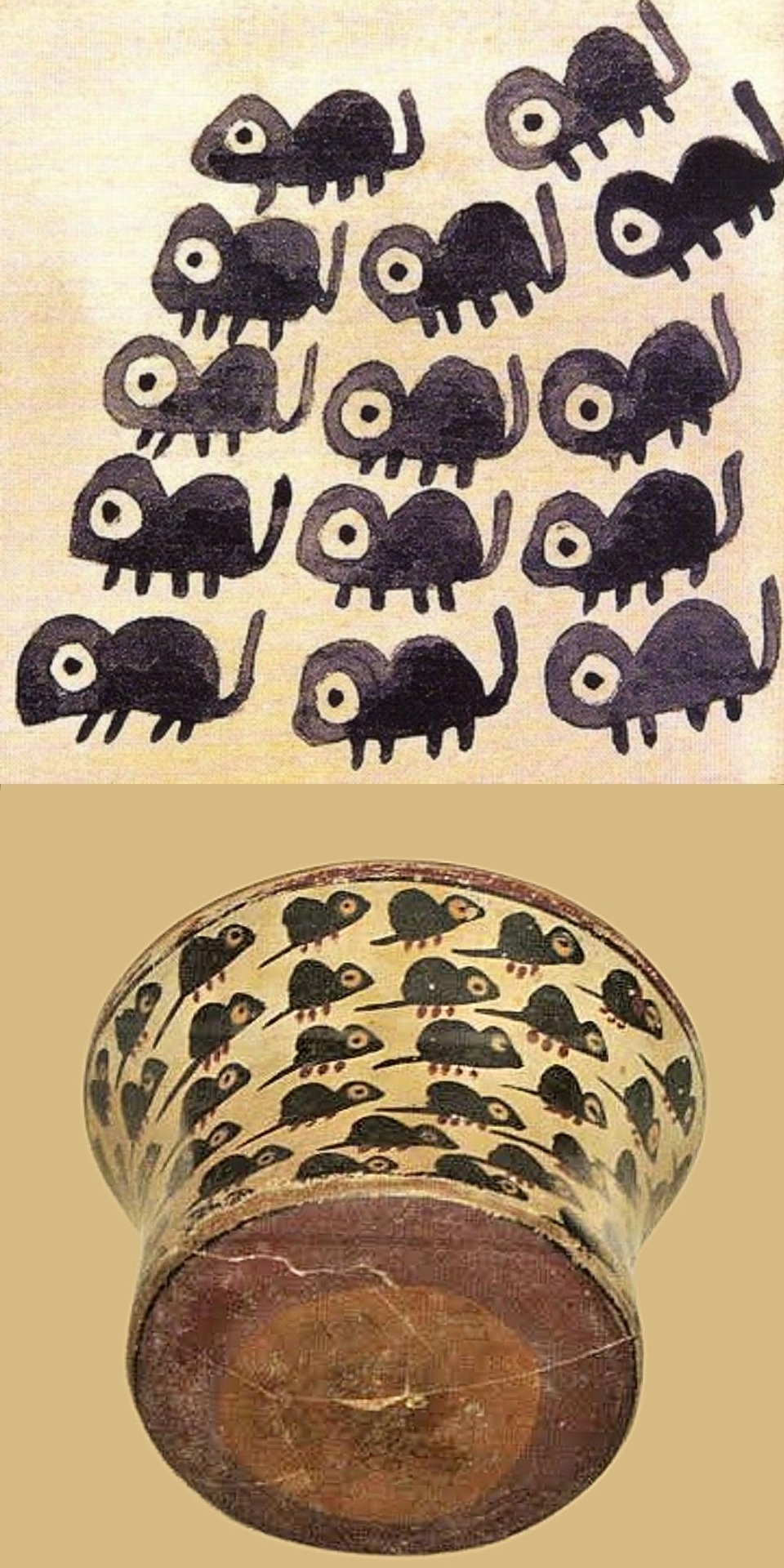
Bowl Depicting a Swarm of Mice. Medium: ceramic and pigment Period: 180 BC - 500 AD. Culture: Nazca; South coast, Peru. Now on display at the Art Institute of Chicago. Illustration by Elena Izcue (1889-1970).
29K notes
·
View notes
Text
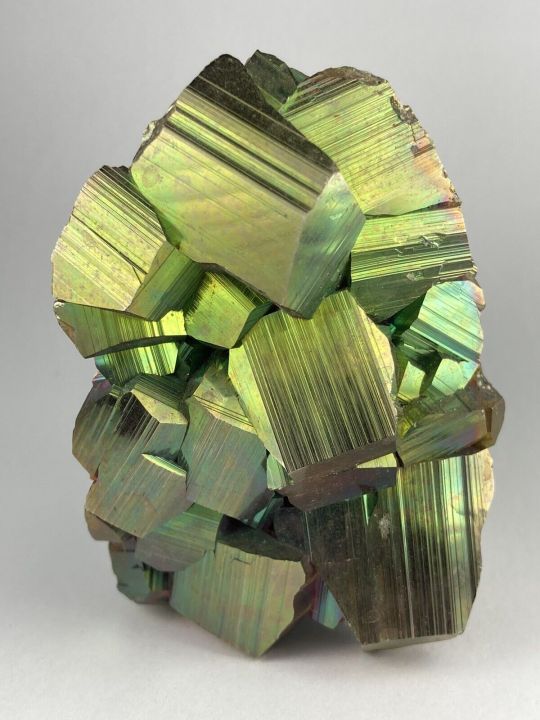

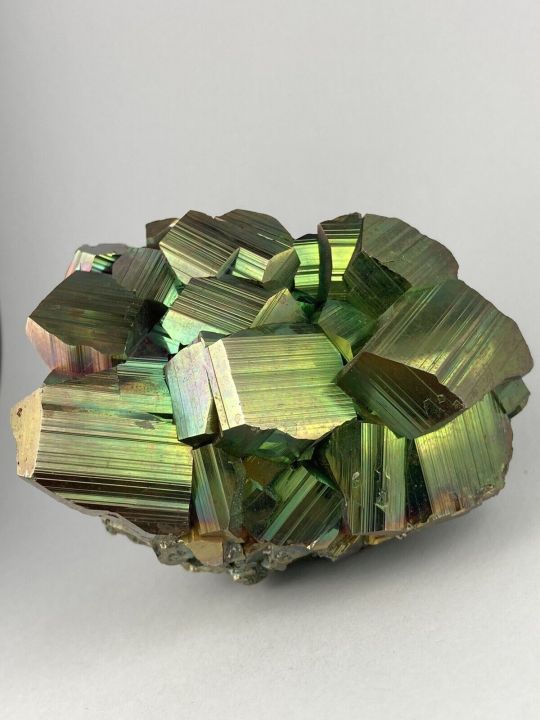

Green Rainbow Natural Iridescent Pyrite From Peru
3K notes
·
View notes
Text

Bowl Depicting Foxes* Attacking Human
Nazca, 180 BCE–500 CE
1K notes
·
View notes
